Editor’s Letter
For the longest time, history held no allure for me. What could stories about people I never knew, who lived way back when in some far-off land, possibly have to do with me? My aversion to history probably began to take hold when my toddler brain couldn’t reconcile the vibrant aesthetic of the late-fifties/early-sixties contemporary design of the world I lived in and the grayscale world depicted on TV. When did the world stop being black and white and turn color? Anything that happened before I remembered it was old. Only the present mattered. The question plagued me for a long time.
With the advent of color TV, the past became even more irrelevant.
Through elementary school, mandatory fourth-grade Florida history was wasted on me. Only references to the fabled fountain of youth mildly piqued my interest in the exploits of Juan Ponce de León in nearby St. Augustine. Martin Luther King Jr., Rosa Parks, and Wilma Rudolph, and scores of historic people, places, and events I associated with my parents. They and their contemporaries spoke of them as if they knew them intimately. I knew who they were, but my parents had strict house rules about grown folks’ business and little ears.
On the weekends, the catalogs of Duke Ellington, Ella Fitzgerald, and all the classics could be heard throughout our home. My father loved jazz, but their strains signaled my siblings and me that it was time to pipe down so he could focus uninterrupted on the last of his work duties: his expense reports. Another missed opportunity for the importance of history to take hold, but my subconscious soaked up Miles, Billie, Louis, Nina, and more like a sponge. To this day, I have to have music playing when I’m deep in writing or design mode.
My older sister and a close family friend lived in Brooklyn and New York City, respectively, for several years. They both struck me as worldly and forward-thinking; this led to my fascination with all things New York. In middle school, we studied how Édouard de Laboulaye, Frédéric-August Bartholdi, and the people of France gifted the United States with the Statue of Liberty, a female Colossus for the modern world. I was all into the studies, not because France recognized America’s abolition of slavery or their passion for freedom. My interest in Lady Liberty blossomed thanks to a crush on my French teacher, Miss Price.
With the confluence of family, friends, New York, Paris, Miss Price, and the Statue of Liberty—how could I not be interested in history? It was the perfect opportunity to make good grades and curry favor with teachers. Despite the good grades, all academic encounters with history through high school were on a mandatory basis, and the requisite lessons stayed in my head just long enough for quizzes and exams.
I didn’t board the history train until my second year of college. During one particular term, three of my classes—Western Civilization, Music History, and Art History—covered the Romantic Period. My history professor, Lemuel King, brought history to life for me in a way no one else had. He shared compelling details about the times, the people, and the circumstances in which they lived that transformed names and dates printed in books into living, breathing, three-dimensional people who existed in living color in my mind. In doing so he laid a contextual framework for their music, art, and literature to exist.
Oddly enough, my appreciation for history grew such that by the time I finished college, I had almost enough hours for a minor in art history. I came to view history as an enormous tapestry, a wall-hanging comprised of intimate details about people, their lives, their spiritual beliefs, their hopes, aspirations, and the rulers/governments they survived, thrived under, or overthrew.
Painters and sculptors depicted patrons at their idealized best. Writers captured the struggles, aspirations, and victories of the populace. Musicians expressed the longings of the heart and soul that could not be put into words, experiences mundane and monumental, the secular and the sacred. And scientists dutifully dragged often reticent societies into the future. Unfortunately, the realization of the weaver’s influence on exactly which elements were enlarged or omitted wouldn’t come my way for decades.
With these threads and more woven together, history documents a people’s journey, how far they’ve come, how they navigated struggles, dealt with calamity, achieved triumphs, and points to where they’re most likely headed. Unfortunately, it would be a couple decades before I learned of the old West African Proverb, “Until the lion tells the story, the hunter is always the hero.”
When looking at the whole of American history, there’s a marked tendency, if not hell-bent obsession, for some to view Black people as bit players in this country’s chronicles because our ancestors were brought here in chains. Despite those ignoble circumstances, our forced labor, blood, sweat, and tears quite literally built the United States. Our demonstrated fortitude and ingenuity, even during the horrors of our oppression, permeate all aspects of this country. Black history is American history. To learn this chronology will only unite, not splinter, the nation.
This week’s feature article touches on many themes Our Human Family has stressed since our inception, including allyship, racial equity, inclusion, the reality that change is possible, and the notion that we are more alike than we are unalike—to name a few. But most important, it shows how one small town is healing its racial wounds from the inside out by honoring the legacy of its Black residents.
Love one another.
Clay Rivers
OHF Weekly Editor in Chief
NEW THIS WEEK
Groveland: Restoring its Historic Black Cemetery
By Clay Rivers
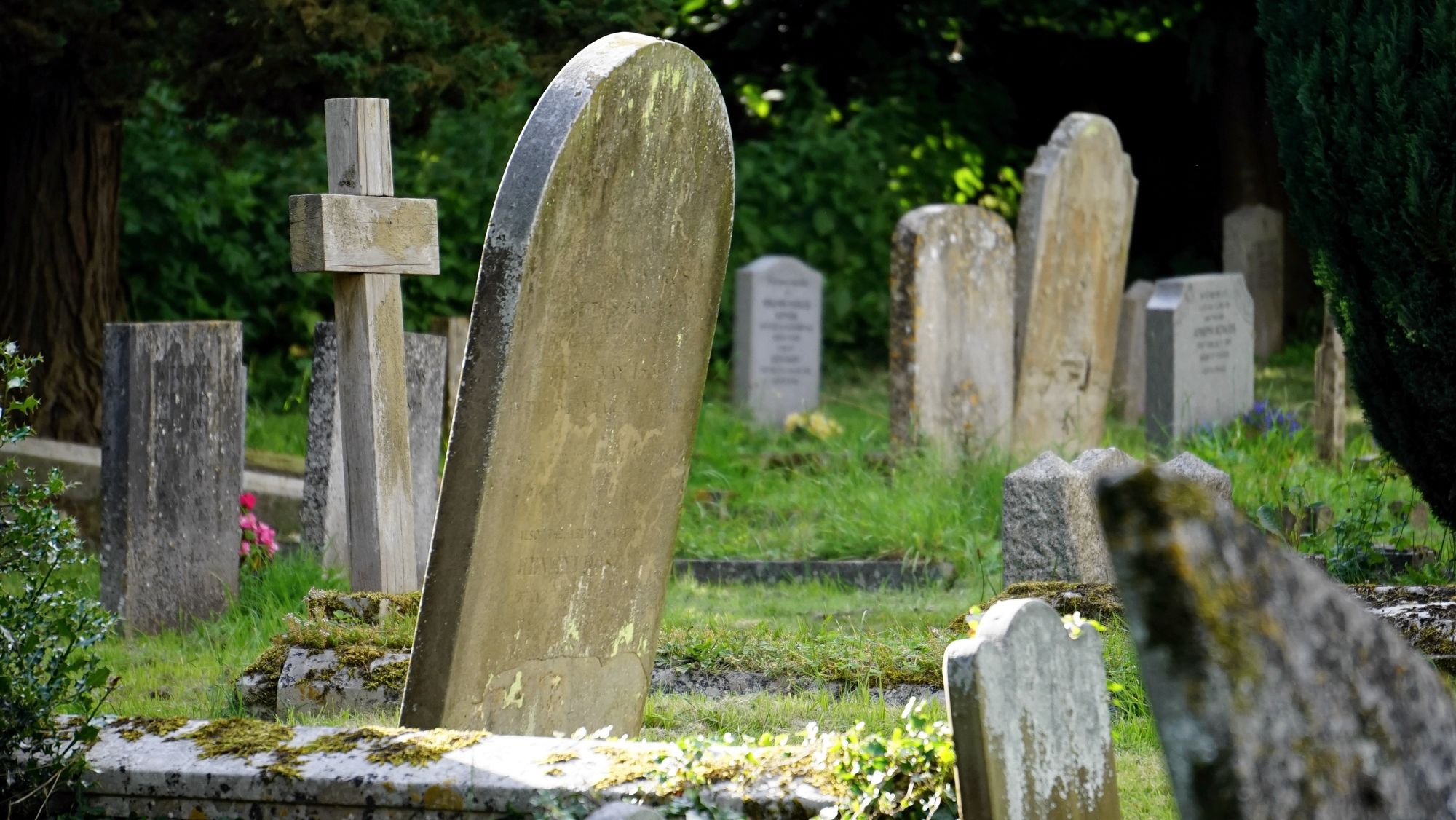
“If a race has no history, it has no worthwhile tradition, it becomes a negligible factor in the thought of the world, and it stands in danger of being exterminated.”
—Dr. Carter G. Woodson,
Historian and inventor of what has become Black History Month
If there’s one thing the people of this country hold sacrosanct, it’s commemorating the sacrifice and service of our fallen military. Be it the site where American servicemen and women laid down their lives or the memorials erected to honor them, these grounds are set apart and designated holy. Who doesn’t tear up in the solitude of the Vietnam Veterans Memorial in Washington, D.C.? Millions pilgrimage to the Normandy American Cemetery and Memorial in northern France and are caught up in the solemnity of perfectly aligned crosses spread out over rolling fields bordered by windswept trees. (These are the same grounds featured in Stephen Spielberg’s epic, Saving Private Ryan.) What about the Pearl Harbor National Memorial in Hawai’i, where the Japanese sank the USS Oklahoma, and 429 souls perished? Or the granddaddy of them all, Arlington National Cemetery, the final resting place for over 14,000 veterans and self-proclaimed our nation’s most hallowed ground.
It is impossible to visit these or other memorials and not be deeply moved to consider the lives of the deceased and the import of those lives upon a society as well as its legacy. Cemeteries and memorials record heroic events of the past. They tell of specific moments and the people who lived and died during that time. Inarguably, it’s the history of who we are.
Until it’s forgotten.

January 2020. Groveland, Florida, a small rural town about thirty miles due west on State Road 50 of Orlando and its attractions, announced Kevin Carroll as the new fire chief to replace the retiring fire chief of forty-five years. Chief Carroll had been with the neighboring Hernando County fire service for twenty-six years and served as deputy fire chief. The affable Carroll seemed an unusual choice given Groveland’s longstanding reputation of unassuming hamlet by day and sundown town by night.
In its glory days, the town was known for its turpentine distillery, lumber production, and where, in 1950, a white woman falsely accused four Black men—Charles L. Greenlee, Walter Irvin, Samuel Shepherd, and Ernest Thomas—collectively referred to as the Groveland Four, of rape. Mr. Thomas was murdered while trying to evade capture. The remaining three were arrested, charged, tried, and convicted by all-white juries, despite no evidence the alleged attack took place.
The second trial is especially noteworthy as a young Thurgood Marshall, who would later become the nation’s first Black Supreme Court Justice, served as defense counsel for the remaining three men. Despite the U.S. Supreme Court overturning the convictions and ordering a fair retrial, another all-white jury handed down a second conviction. Irvin was shot and killed purportedly while trying to escape. Numerous incidents of racial terror against Black people garnered Groveland and its environs as openly hostile to Black people. Ultimately, Greenlee and Irvin were paroled and died with their respective families. In 2016, the city of Groveland and Lake County apologized to the descendants of the Groveland Four. And in 2019, the state of Florida posthumously pardoned them.
Chief Carroll, originally from Queens, New York, and of Irish descent, moved to Hernando County in 1977 at six years of age with his mother. One of his earliest memories in the sunshine state occurred during a routine trip to downtown Spring Hill in which his panic-stricken mother frantically warned the young Carroll to Get down! Stay down, and don’t look at them! Carroll, utterly bewildered, did as he was told and heard the approaching clip-clop of horseshoes parading down the middle of Spring Hill Drive.
As the hubbub subsided, Carroll stole a glance at the men in white robes and pointed white hats riding on horseback. Later, his mother explained the men were with the Ku Klux Klan. She emphatically told him he was to have nothing to do with them as they hated Black people, Jews, and Catholics—the faith the Carrolls practiced. Kevin wondered what kind of place his family had moved to. Spring Hill became a sharp contrast to his old neighborhood in Queens, where people of all ethnicities and faiths intermingled openly, and how his parents and family instilled in him to treat people equally and to always do the right thing.
Carroll never forgot the parade.
Read the full article at OHF Weekly.
Final Thoughts
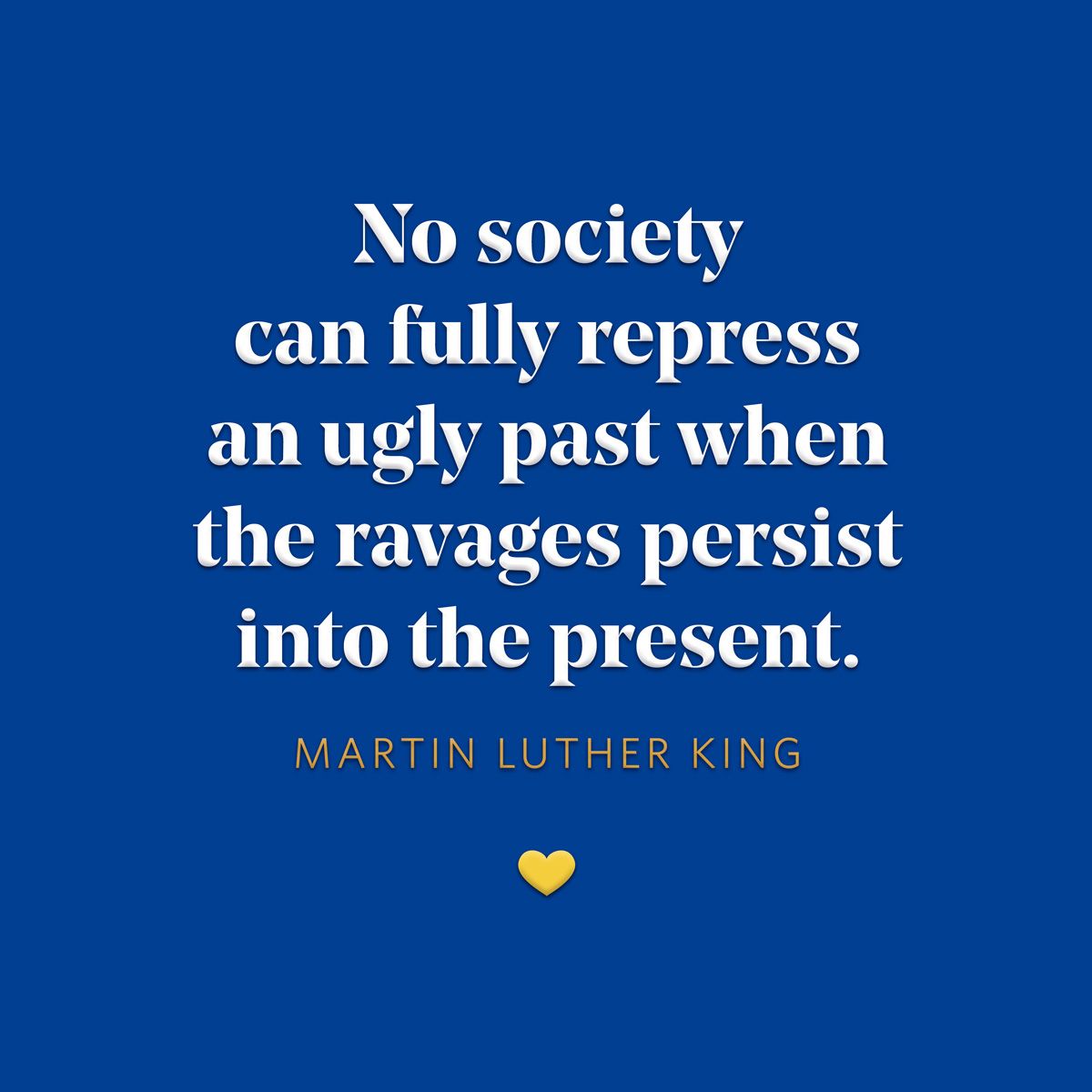


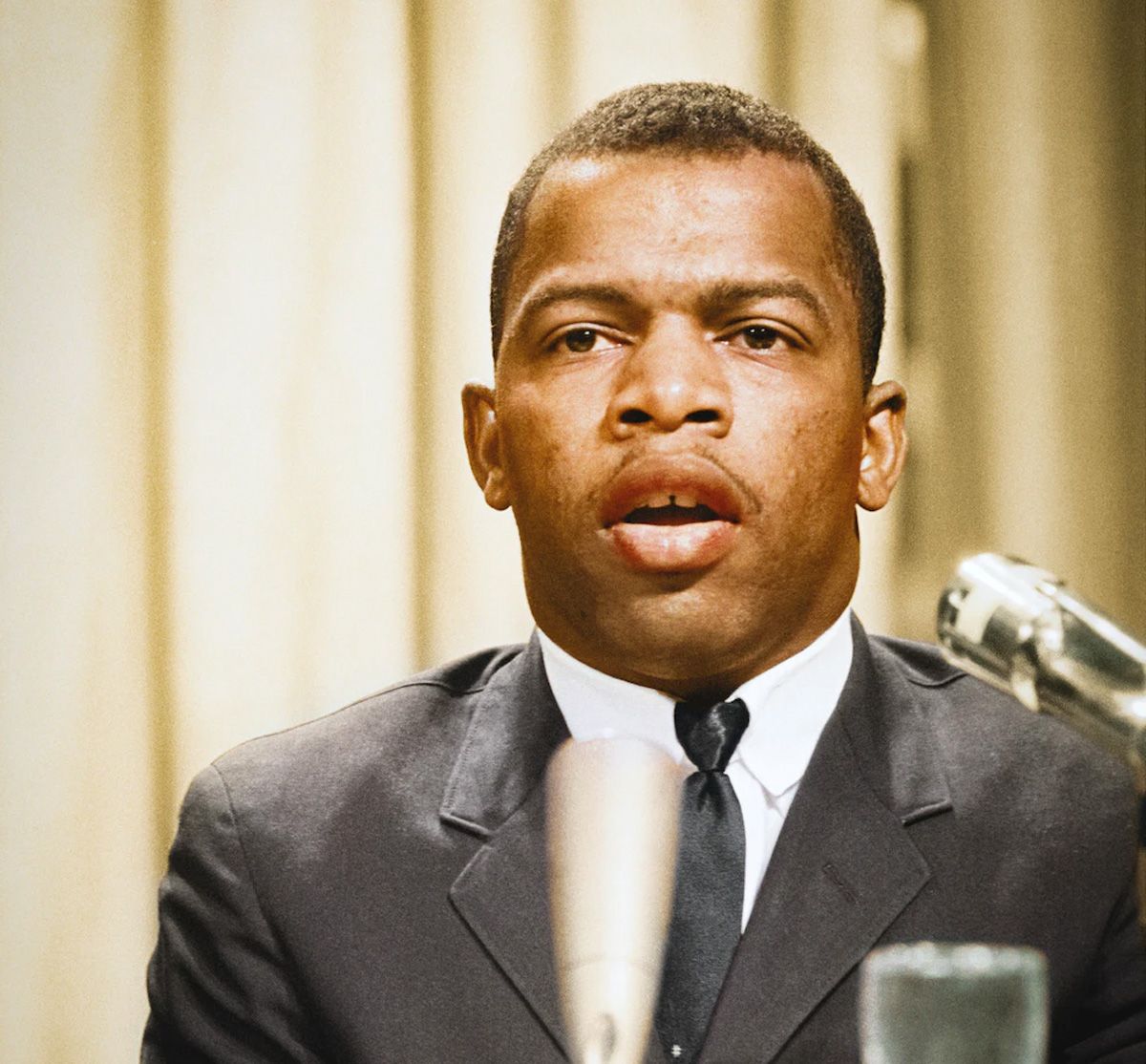


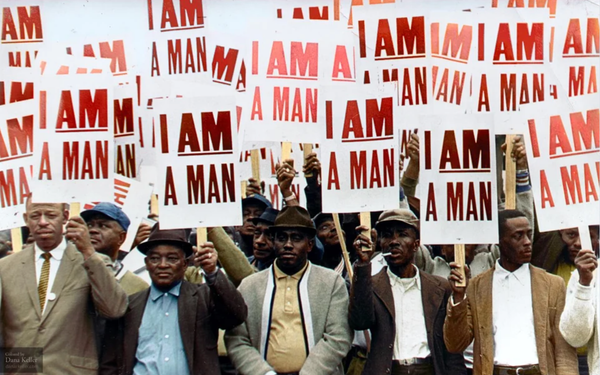


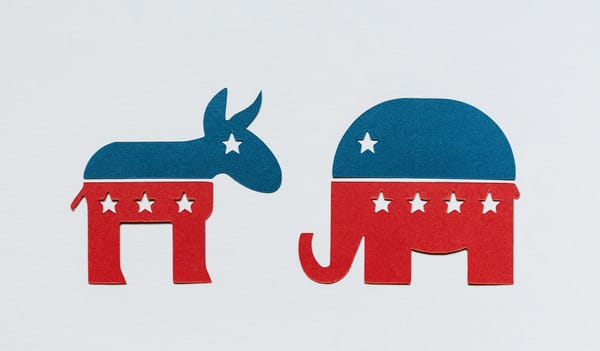
Member discussion